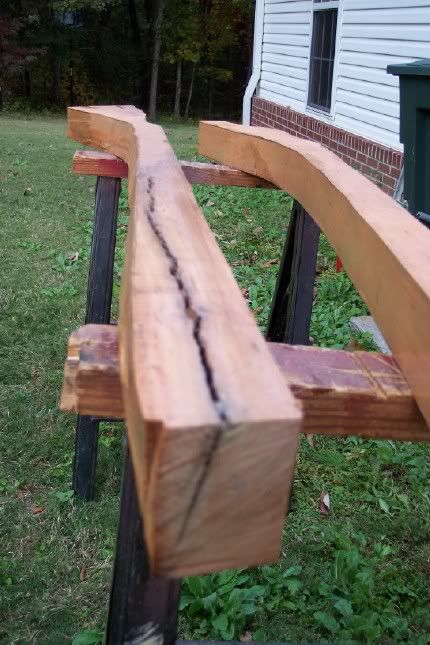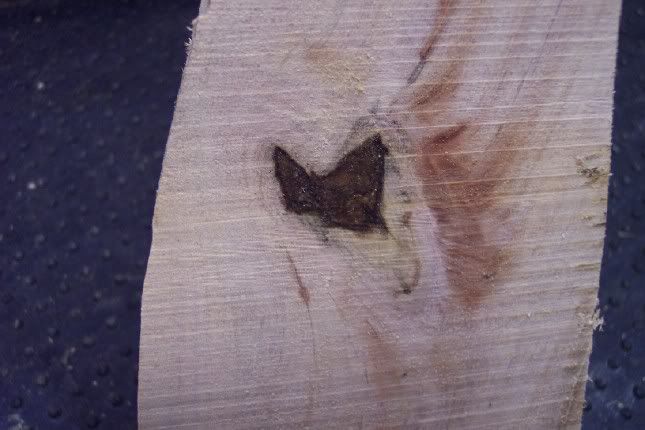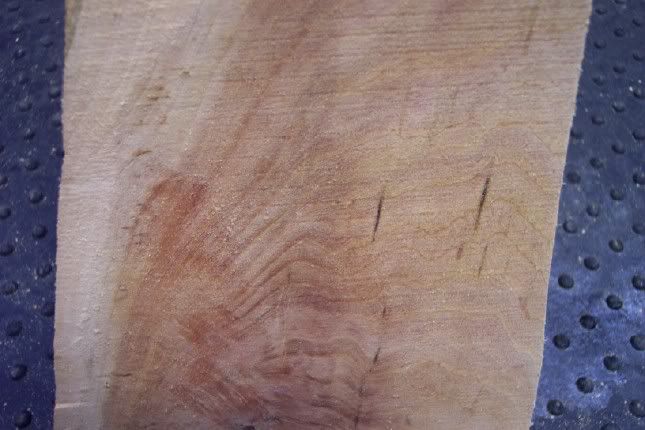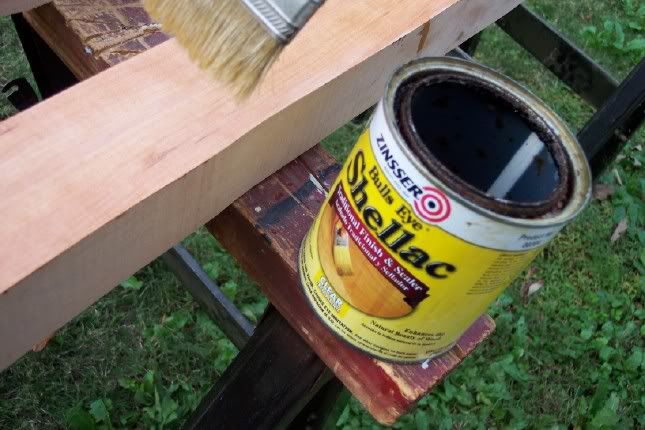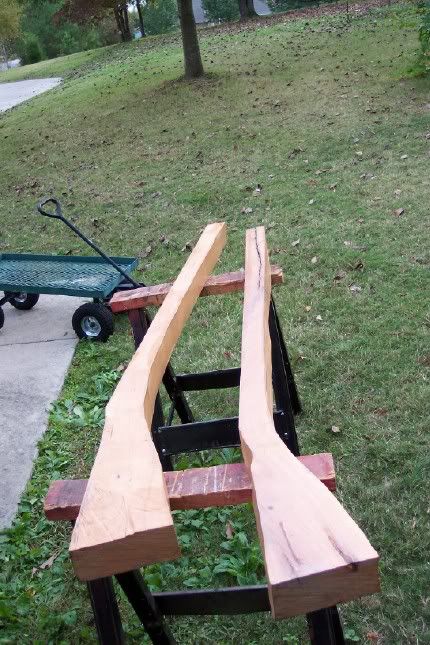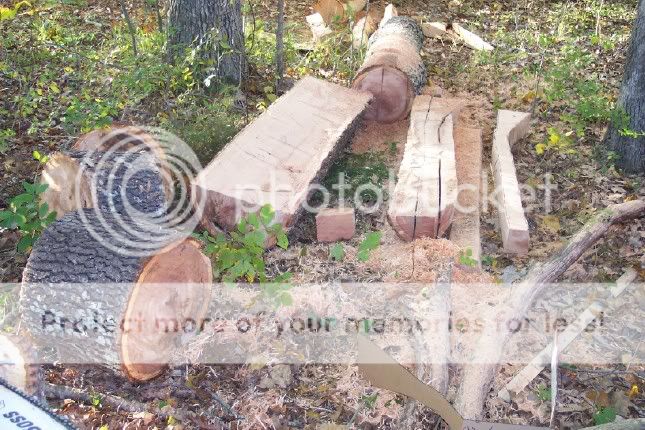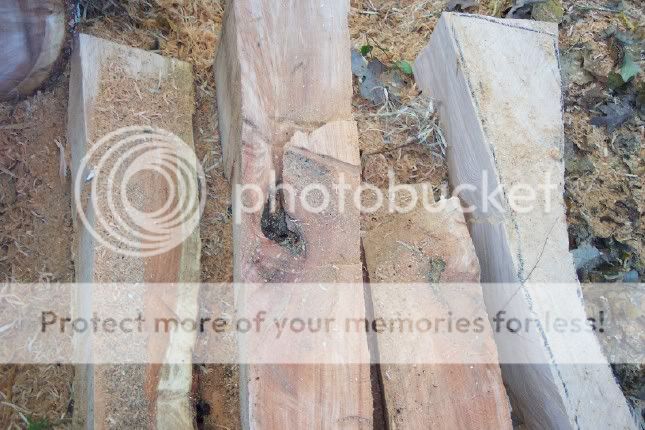In a current thread the question is asked if anyone works from a log when obtaining stock blanks. The tornadoes that ripped through my section of Alabama took the top out of a huge cherry tree on my neighbors property a year and a half ago. I got permission to salvage it, lined up a saw mill then my wife was diagnosed with cancer. The project was put on hold.
I am house bound as a caretaker for my wife, the weather is cool, I have cabin fever and thought about that standing snag on the hill, could the wood still be sound?
I grabbed my chainsaw, ax, sledge, wedges and decided to tackle it.
No problem putting it on the ground,27 feet long and 22" in diameter. Some ant damage at the base but a sound log for the most part.
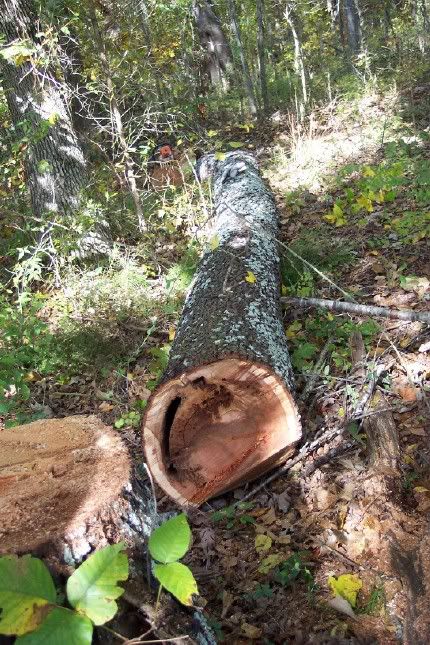
There was a crook at the top caused by a rotten limb. I am thinking; probably a nice grain flow through the wrist of a blank.
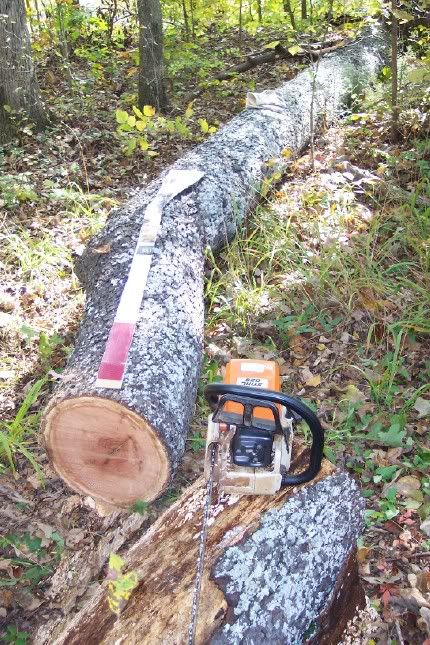
Never done this before so I decide to slab off the side to see what I have. I learned a lot about freehand chainsaw slabbing on this section that will make the next section go much smoother
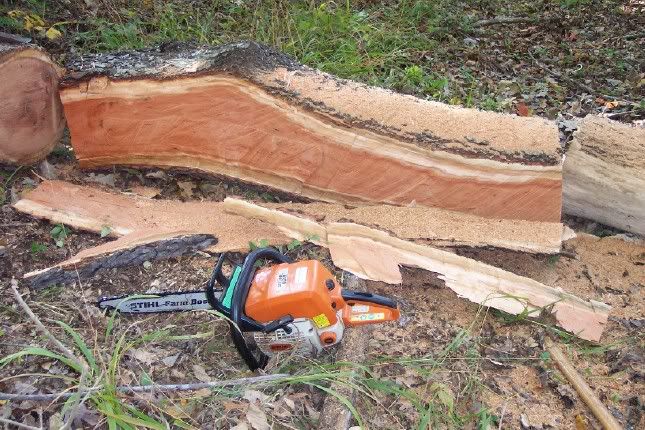
I cut another slab to check my layout.
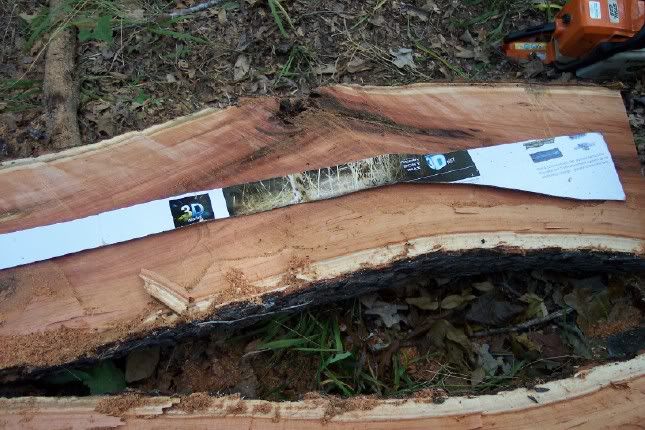
Nice grain orientation through the wrist.
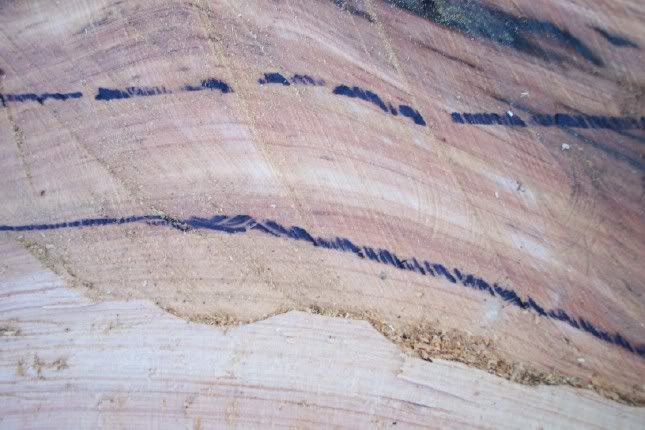
First pattern cut, I cut my blank at least an inch larger on all the dimensions to give me plenty of room for a proper layout once I get the wood in my shop.
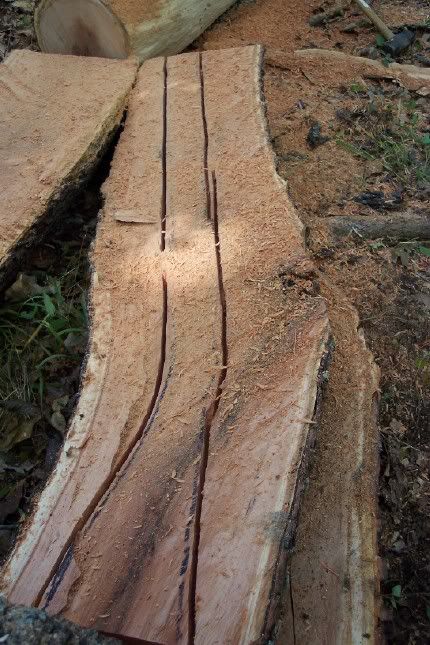
The blank cut free.
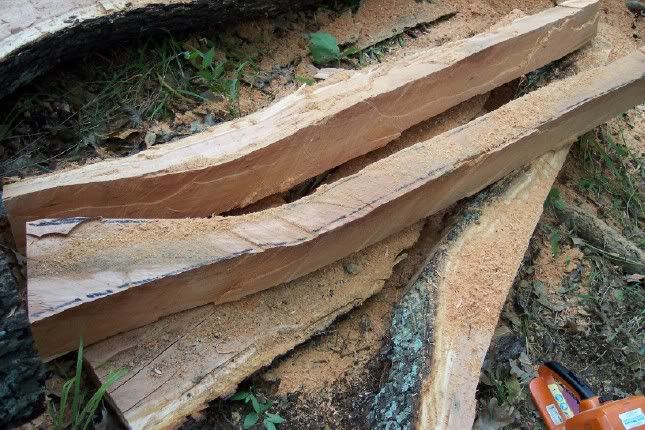
I got two blanks out of what was the worst section of this snag. One is 4 1/2" wide the other close to 6". I have a lot of bad wood to avoid and will only cut the best part out of these blanks.
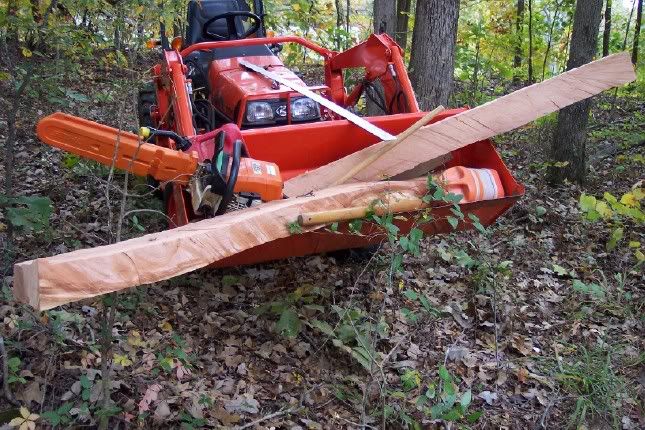
Back at the shop, I have a large band saw, jointer and planer to cut these down to size.
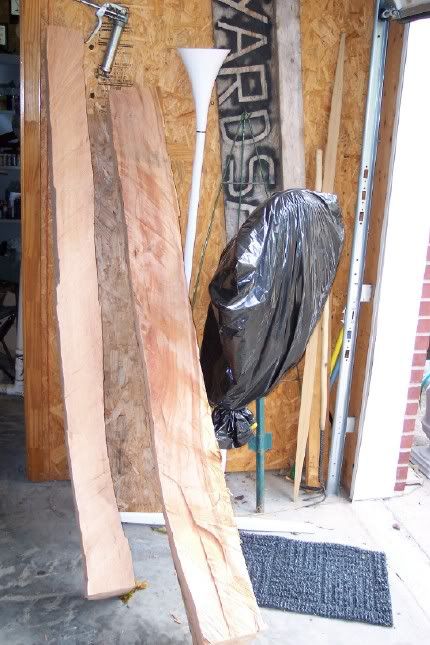
The rest of the log, except for the base is very sound, even has another less radical bend for some more nice grain orientation.
Hopefully I won't have as much waste on the next section as I did on the first cut.
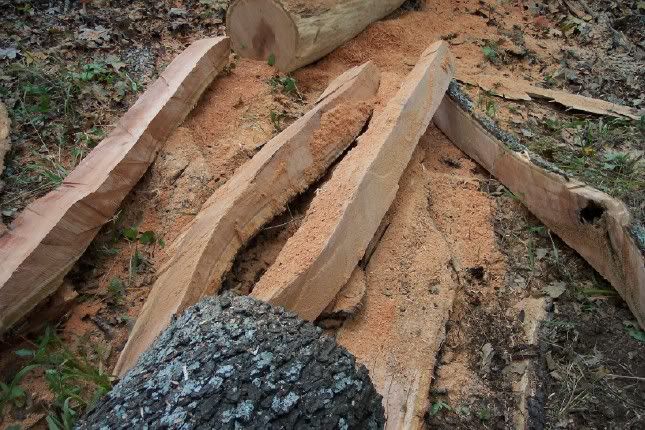
I will update this thread as I progress.
I am house bound as a caretaker for my wife, the weather is cool, I have cabin fever and thought about that standing snag on the hill, could the wood still be sound?
I grabbed my chainsaw, ax, sledge, wedges and decided to tackle it.
No problem putting it on the ground,27 feet long and 22" in diameter. Some ant damage at the base but a sound log for the most part.

There was a crook at the top caused by a rotten limb. I am thinking; probably a nice grain flow through the wrist of a blank.

Never done this before so I decide to slab off the side to see what I have. I learned a lot about freehand chainsaw slabbing on this section that will make the next section go much smoother

I cut another slab to check my layout.

Nice grain orientation through the wrist.

First pattern cut, I cut my blank at least an inch larger on all the dimensions to give me plenty of room for a proper layout once I get the wood in my shop.

The blank cut free.

I got two blanks out of what was the worst section of this snag. One is 4 1/2" wide the other close to 6". I have a lot of bad wood to avoid and will only cut the best part out of these blanks.

Back at the shop, I have a large band saw, jointer and planer to cut these down to size.

The rest of the log, except for the base is very sound, even has another less radical bend for some more nice grain orientation.
Hopefully I won't have as much waste on the next section as I did on the first cut.

I will update this thread as I progress.






